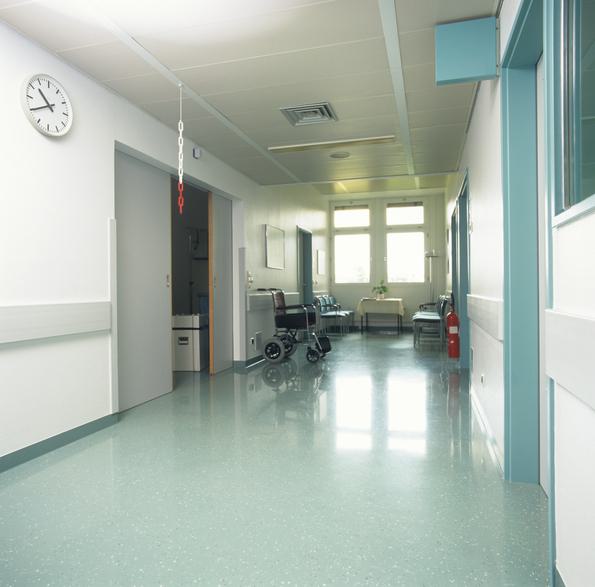Medical Mistakes: The 3rd Leading Cause of Death in America?

Everybody makes mistakes. But when doctors or hospitals do, the results can be tragic. It happens more often than you might think. In fact, medical errors are the third leading cause of death in this country, according to a study by Johns Hopkins patient safety experts. These are deaths that could have been avoided, yet there’s no public outcry or even a coordinated plan to address the situation, noted the author of a recently-published blog in the Huffington Post.
The blog compares the number of deaths from medical mistakes to casualties from a crash of two jumbo jets every day for a year. “We would never tolerate such an incredible loss of life were it caused by recurring plane crashes (or most anything else),” notes the author, Allen Frances, professor emeritus, Duke University. Hospitals and the government are not doing enough to reduce medical mistakes, he says.
Professor Frances references James Lieber’s book, “Killer Care: How Medical Error Became America’s Third Largest Cause of Death, and What Can Be Done About It.” He says that the suggestions in the book are cost-effective and “could save almost as many lives as curing cancer.” Here’s a rundown on the six key focuses.
Do a Better Job of Infection Control.
“Some of the deadliest bugs in the world live in US hospitals - e.g., methicillin-resistant Staphylococcus aureus (MRSA), Clostridium difficile, vancomycin resistant enterococci,” according to the blog. Infections may be brought in by patients, visitors and even hospital staff. There are simple screening methods, such as a nasal swab and culture test to detect MRSA used effectively in Denmark, Finland and Holland. In addition, staff can more fully comply with CDC guidelines for disinfecting and sterilizing equipment, washing hands, and controlling air and water sources in hospitals.
Include Pharmacists in Patient Rounds.
With so many new drugs on the market, it’s hard for physicians to be experts. That’s why it’s helpful to include a pharmacist when doctors make patient rounds in the hospital. “A comprehensive study of over 400,000 medication errors at 1116 hospitals showed that putting pharmacists in patient areas decreased errors by 45%,” according to the blog. “Errors leading to death, serious harm, or increased length of stay went down by 94%.”
Increase Communication During Patient Hand-Offs.
As shifts change, tired medical personnel don’t always communicate effectively about patients. Structuring the hand-off may help. A 2014 New England Journal of Medicine study reported that “structured hand-offs using concrete categories including illness severity, medical actions and contingency planning for patient crises reduced preventable adverse events by 30%.”
Reduce Diagnostic Errors.
Whether it’s the wrong diagnosis, or a missed diagnosis, there’s plenty of opportunity for a single practitioner to make a mistake. However, if doctors could work in teams, including with pathologists, radiologists and other specialists that will help reduce the likelihood of a misdiagnosis.
Share Electronic Medical Records.
Electronic medical records allow the seamless sharing of a patient’s history, lab results and medications as long as doctors’ and hospitals’ computer systems are configured for it. However, when systems cannot communicate, they can pose barriers to diagnosis and effective treatment.
Report and Learn from Medical Mistakes.
Finally, and perhaps most importantly, hospitals need to report all medical errors. Examining mistakes, and taking the steps to correct them, will go a long way toward reducing future errors, saving lives in the process.
Do you think you have a situation where someone you love was hurt by a medical mistake? Contact us today to discuss your legal options.

